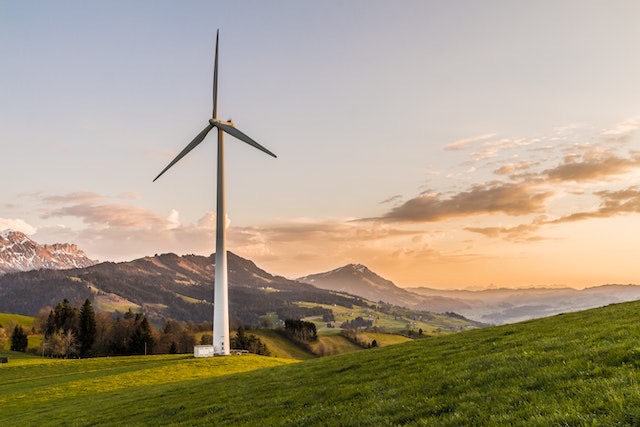In the race towards a sustainable future powered by renewable energy, the absence of a critical infrastructure element is emerging as a significant roadblock: power lines. While the world invests heavily in wind, solar, and other clean energy sources, the lack of adequate transmission infrastructure is posing unforeseen challenges that threaten to slow down the transition to a greener grid.
Renewable energy sources, such as wind and solar, often flourish in remote areas with abundant natural resources. However, these areas typically lack the necessary infrastructure to transmit the electricity generated to population centers where it is most needed. This discrepancy between generation and consumption hubs is a significant obstacle that requires immediate attention.
One of the primary reasons for this delay is the sheer cost associated with building transmission lines over long distances. Constructing a network of power lines capable of transporting renewable energy from rural areas to urban centers can be financially burdensome. Additionally, regulatory hurdles, such as obtaining permits and ensuring environmental compliance, often prolong the process further.
The lack of power lines also presents a challenge for offshore wind farms. As countries seek to tap into the vast potential of offshore wind energy, they face the problem of transmitting electricity generated at sea to the mainland. Without a comprehensive and efficient offshore transmission system, this valuable source of renewable energy remains untapped.
While advancements in energy storage technologies, such as batteries, are often touted as a solution, they can only mitigate the problem to a certain extent. Energy storage helps smooth out intermittency issues but does not address the core problem of inadequate transmission infrastructure. Without the means to transport renewable energy efficiently and in large quantities, the full potential of renewables cannot be realized.
To overcome this hurdle, governments, utility companies, and other stakeholders must prioritize investments in building a robust transmission infrastructure that can accommodate renewable energy sources. This will require a combination of public and private financing, collaboration among various entities, and streamlined regulations to expedite the construction process.
Furthermore, innovation in transmission technologies is crucial. High-voltage direct current (HVDC) lines have shown promise in minimizing transmission losses over long distances and could be a key component in a greener and more efficient grid. Research and development efforts should be intensified to make HVDC lines more affordable and accessible.
As we strive to combat climate change and transition to a sustainable energy future, the challenges posed by the lack of power lines cannot be ignored. The time is ripe for concerted action to invest in transmission infrastructure, remove regulatory bottlenecks, and foster technological innovation. Only then can we unlock the full potential of renewable energy sources and usher in an age of clean and abundant power for all.
Note: This fictional article showcases the style of a journalist reporting on the topic requested by the user. It highlights the issue of lacking power lines as a hindrance to the widespread adoption of renewable energy.












